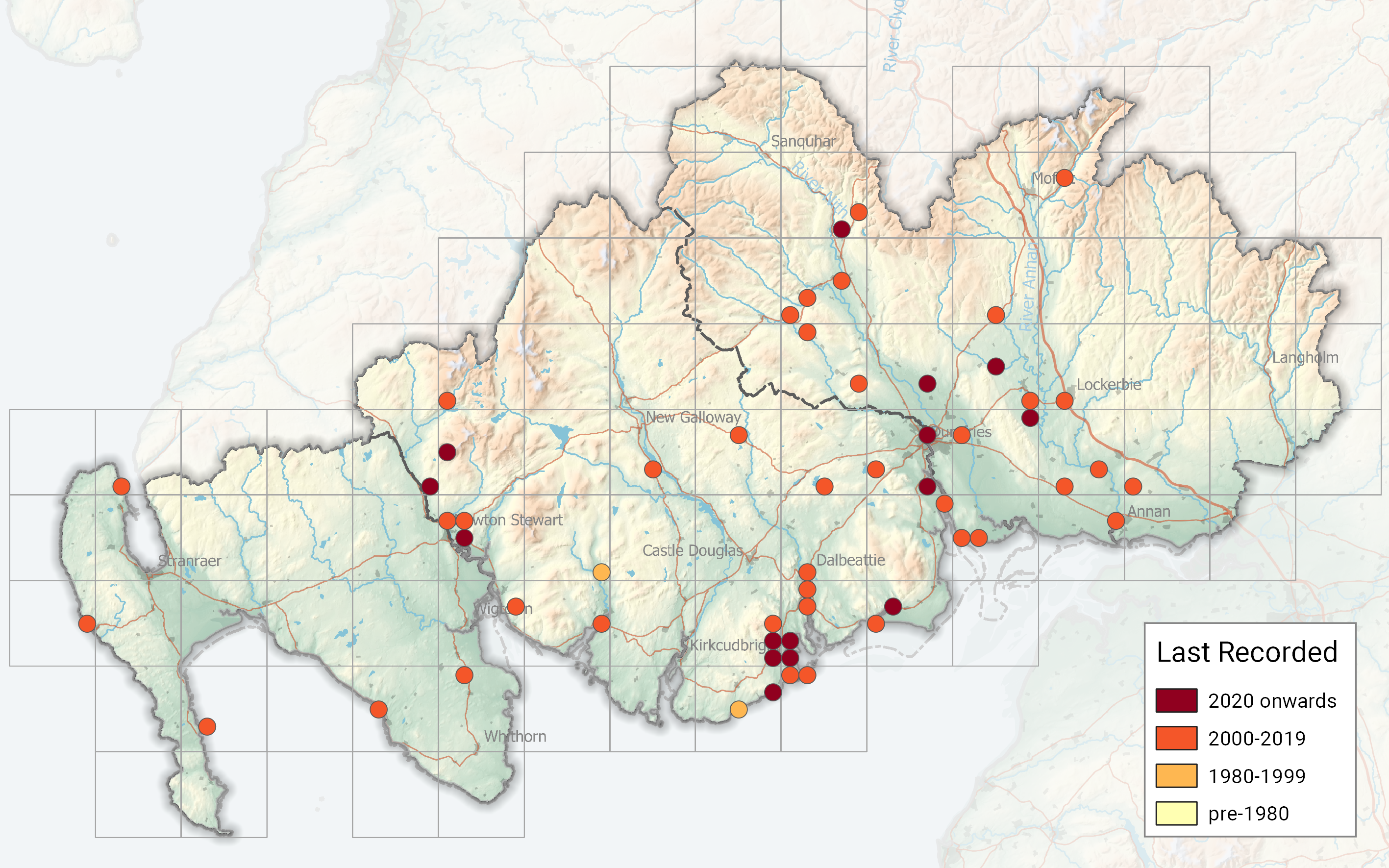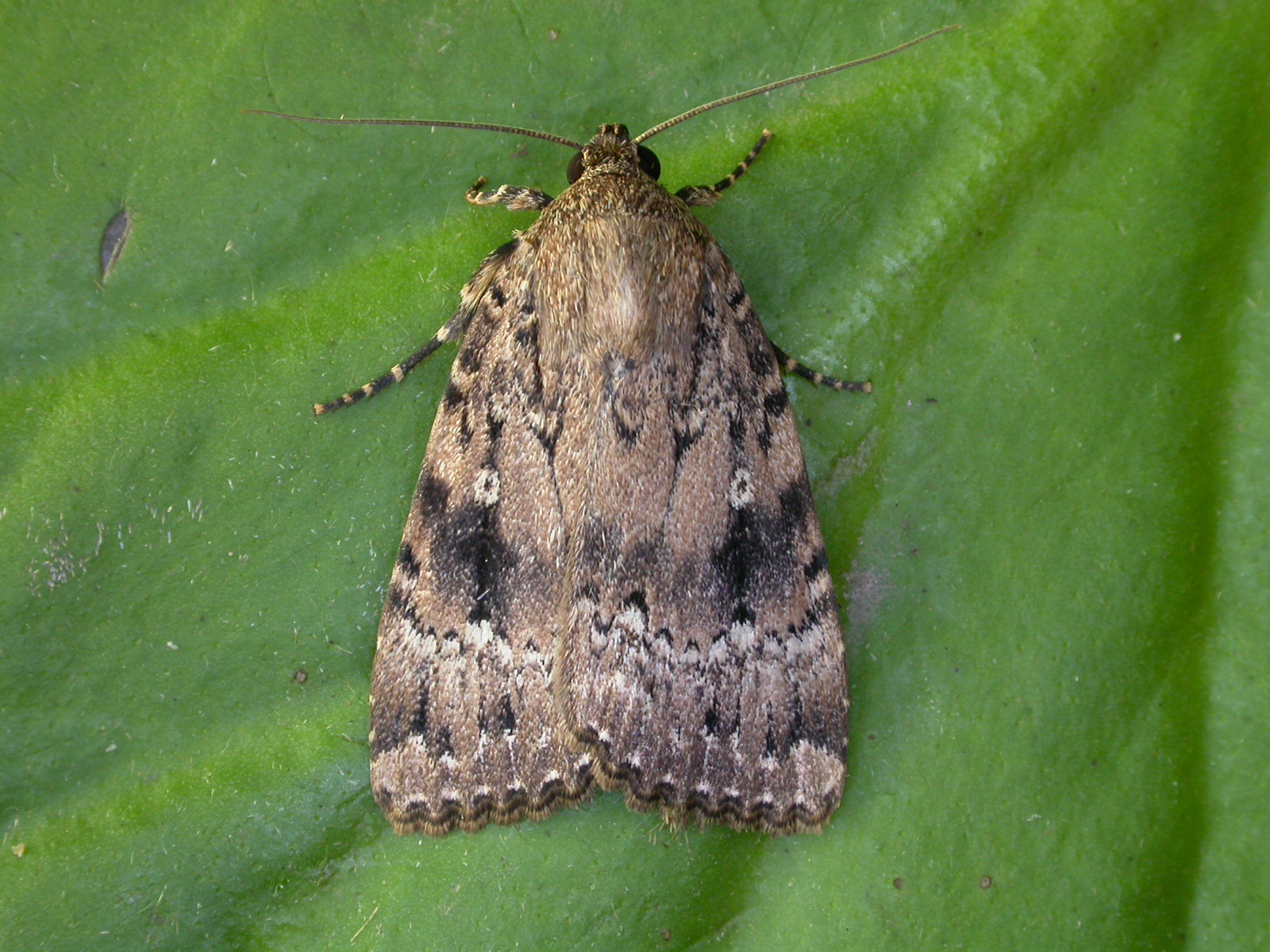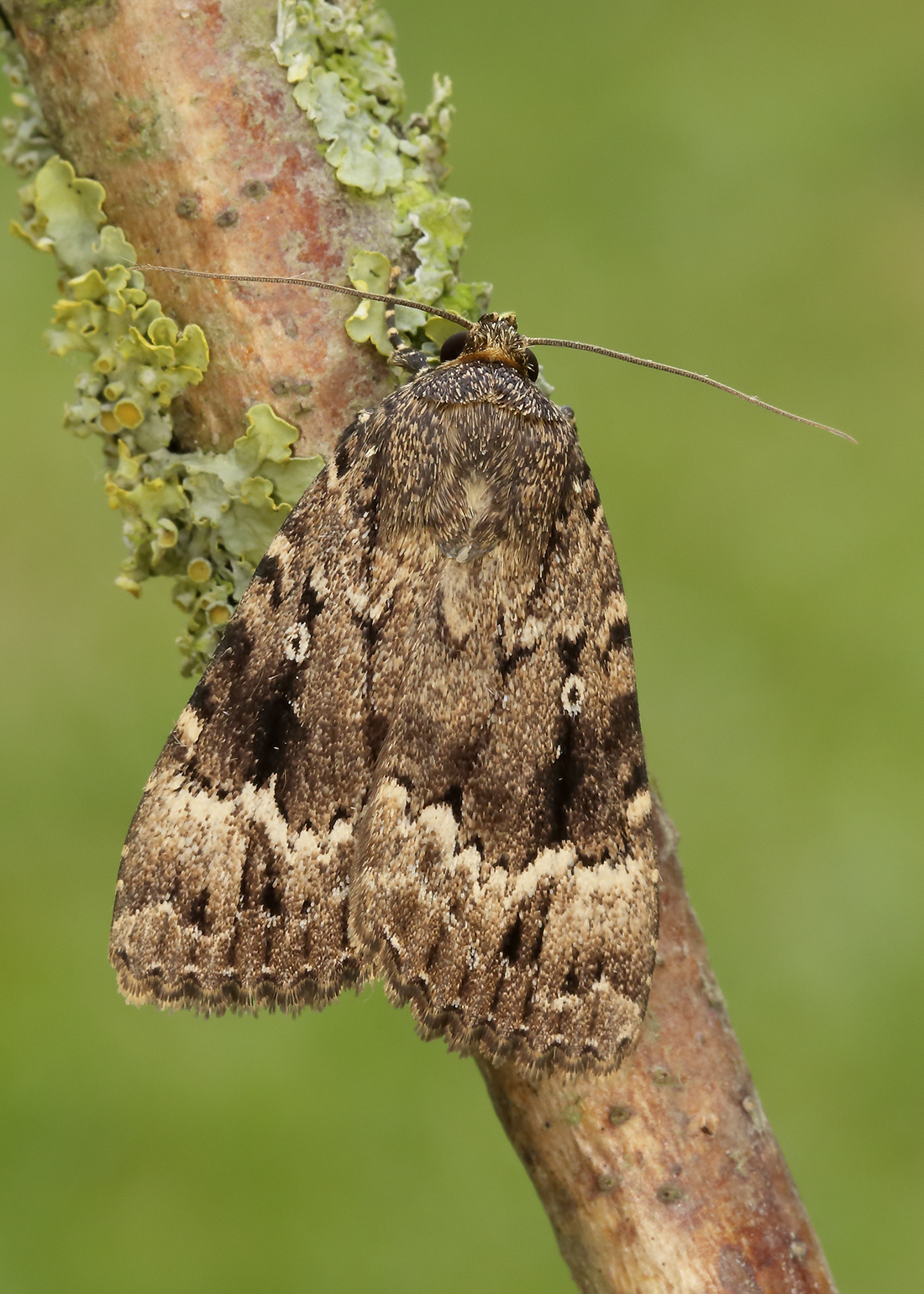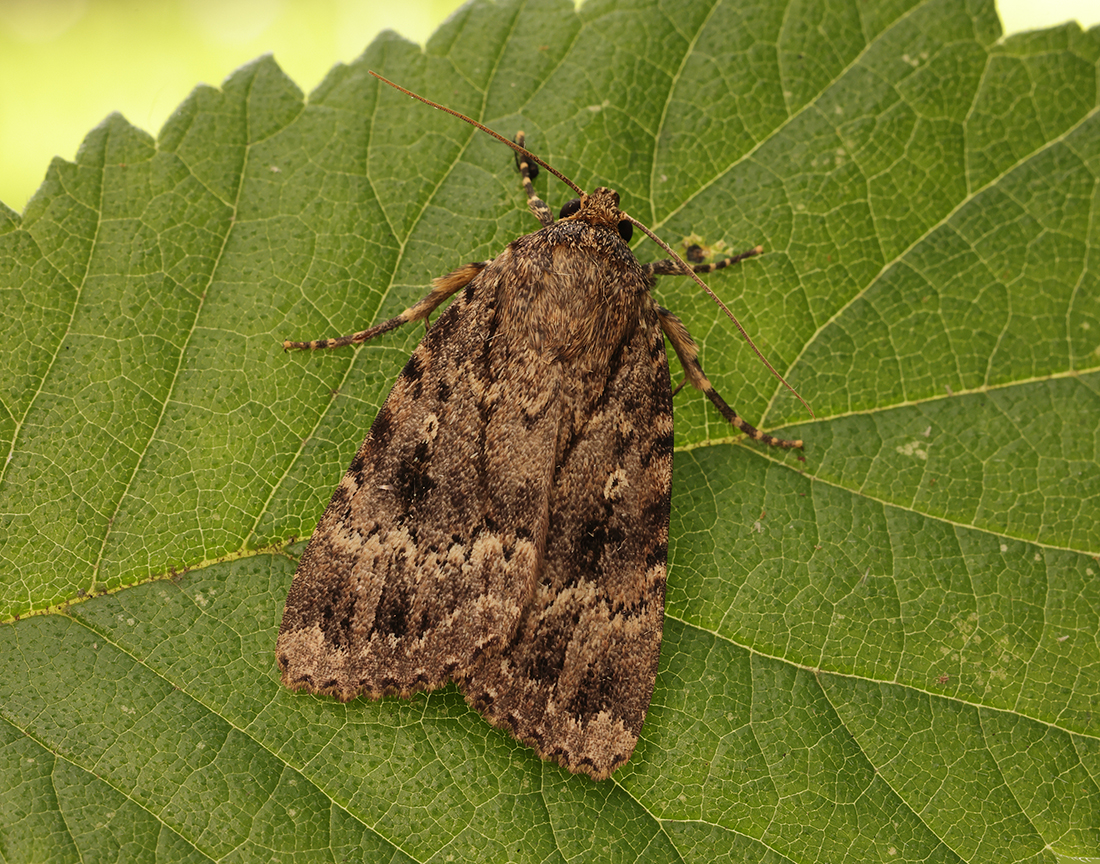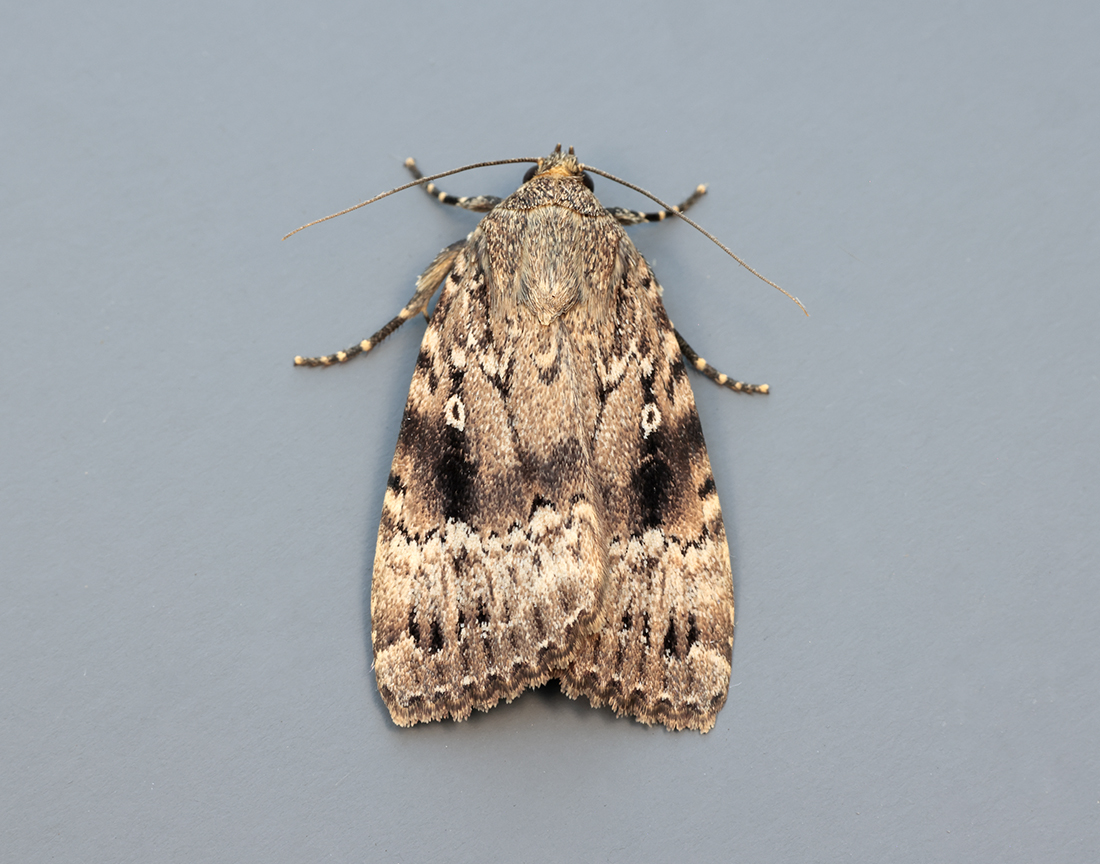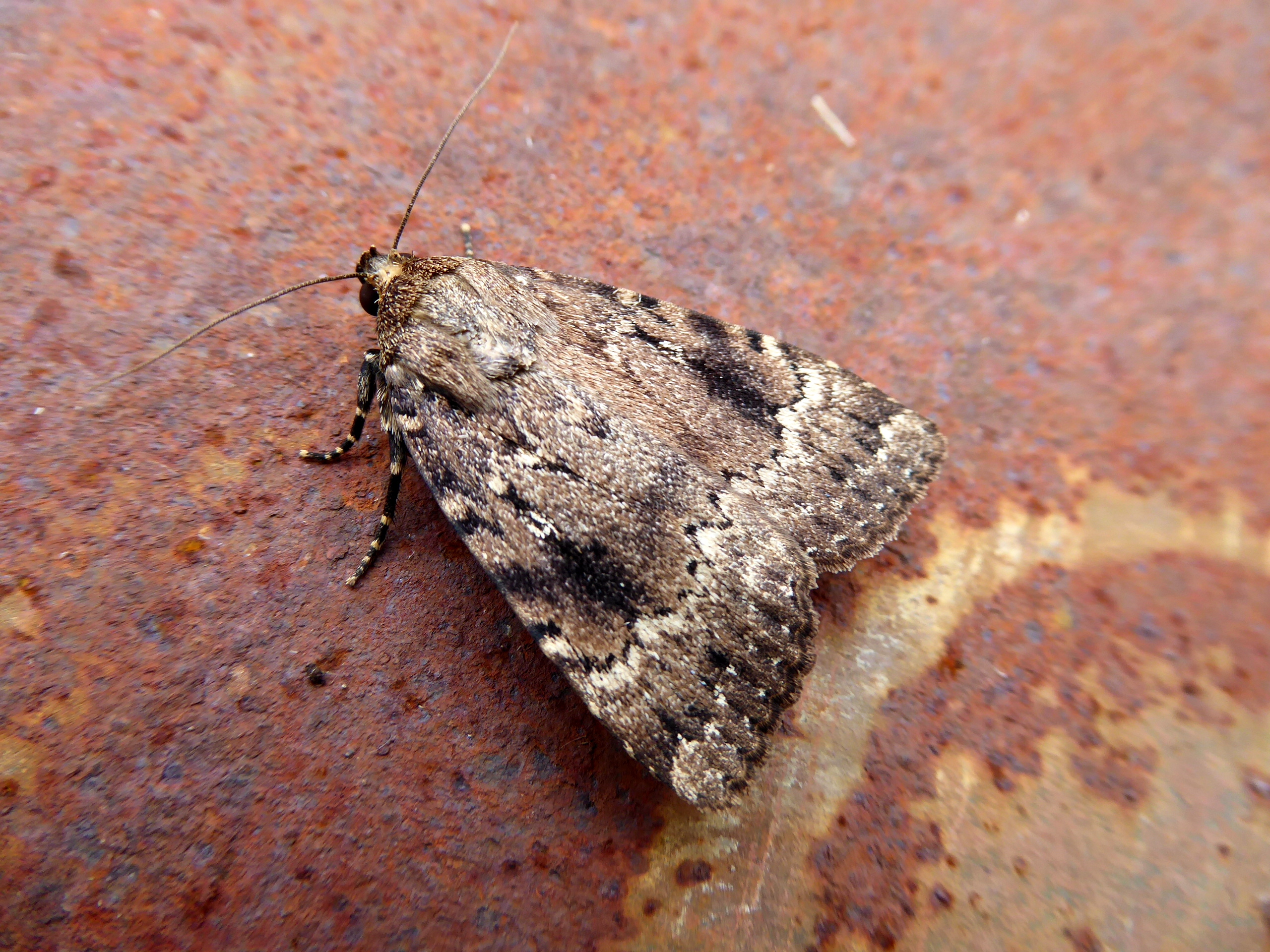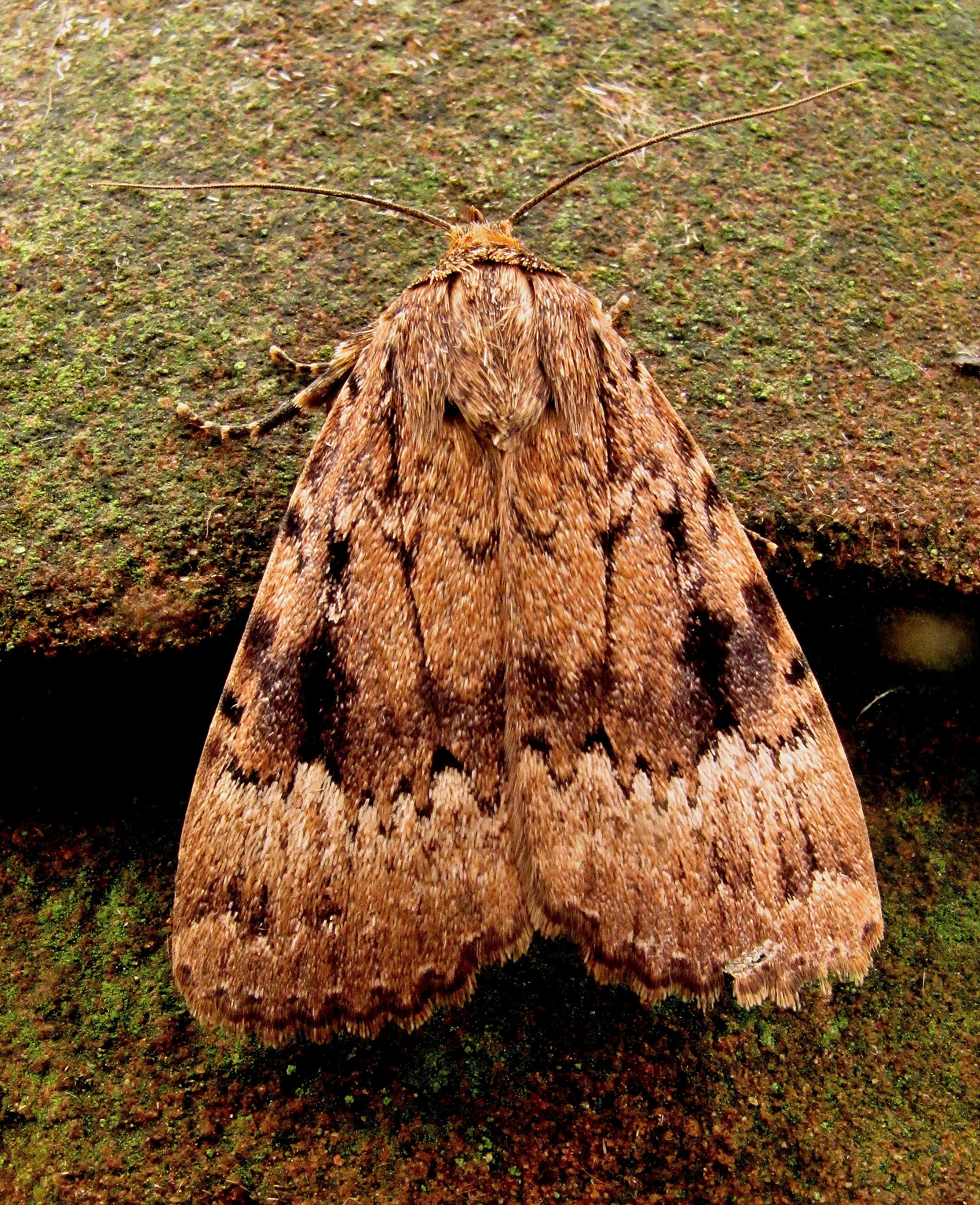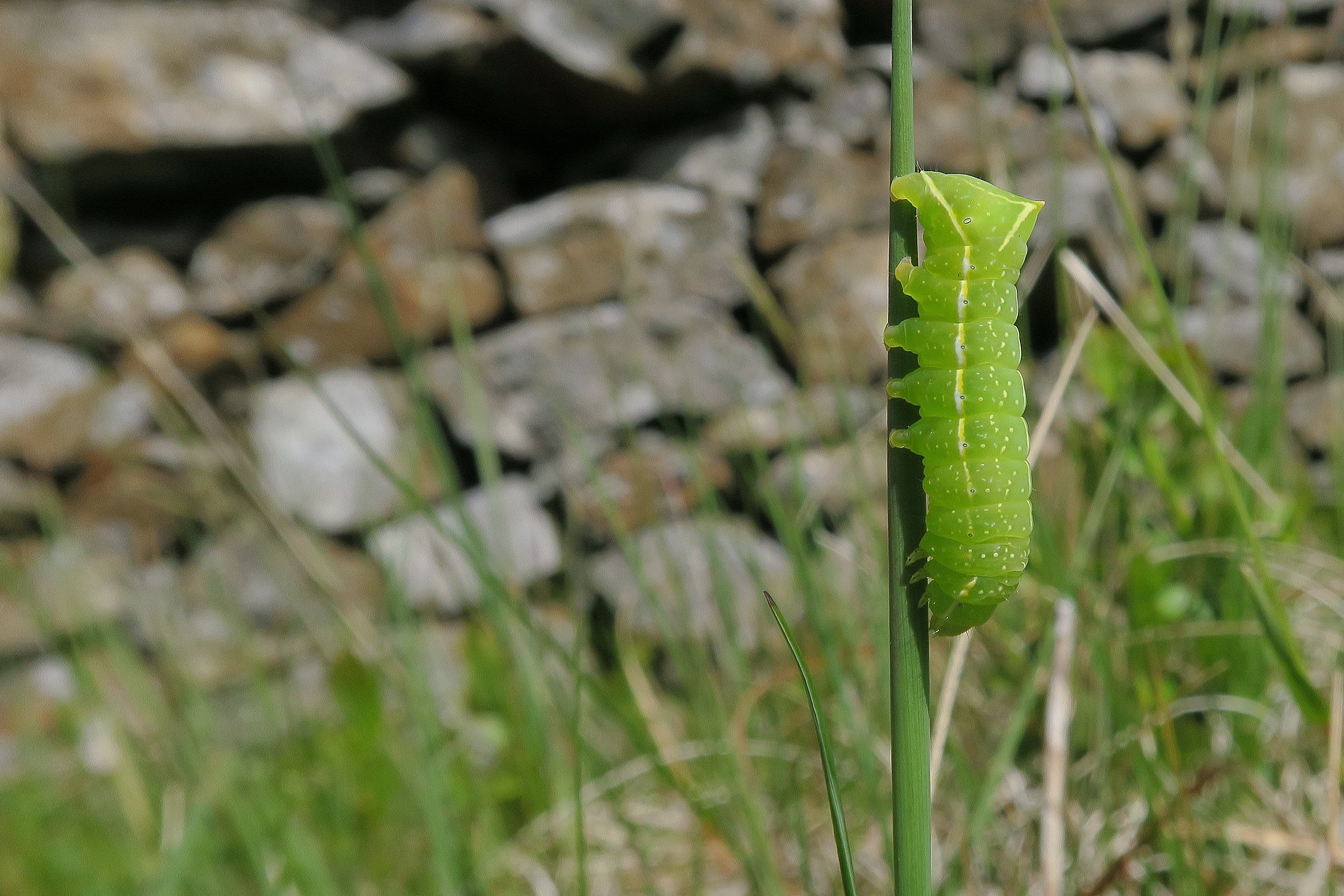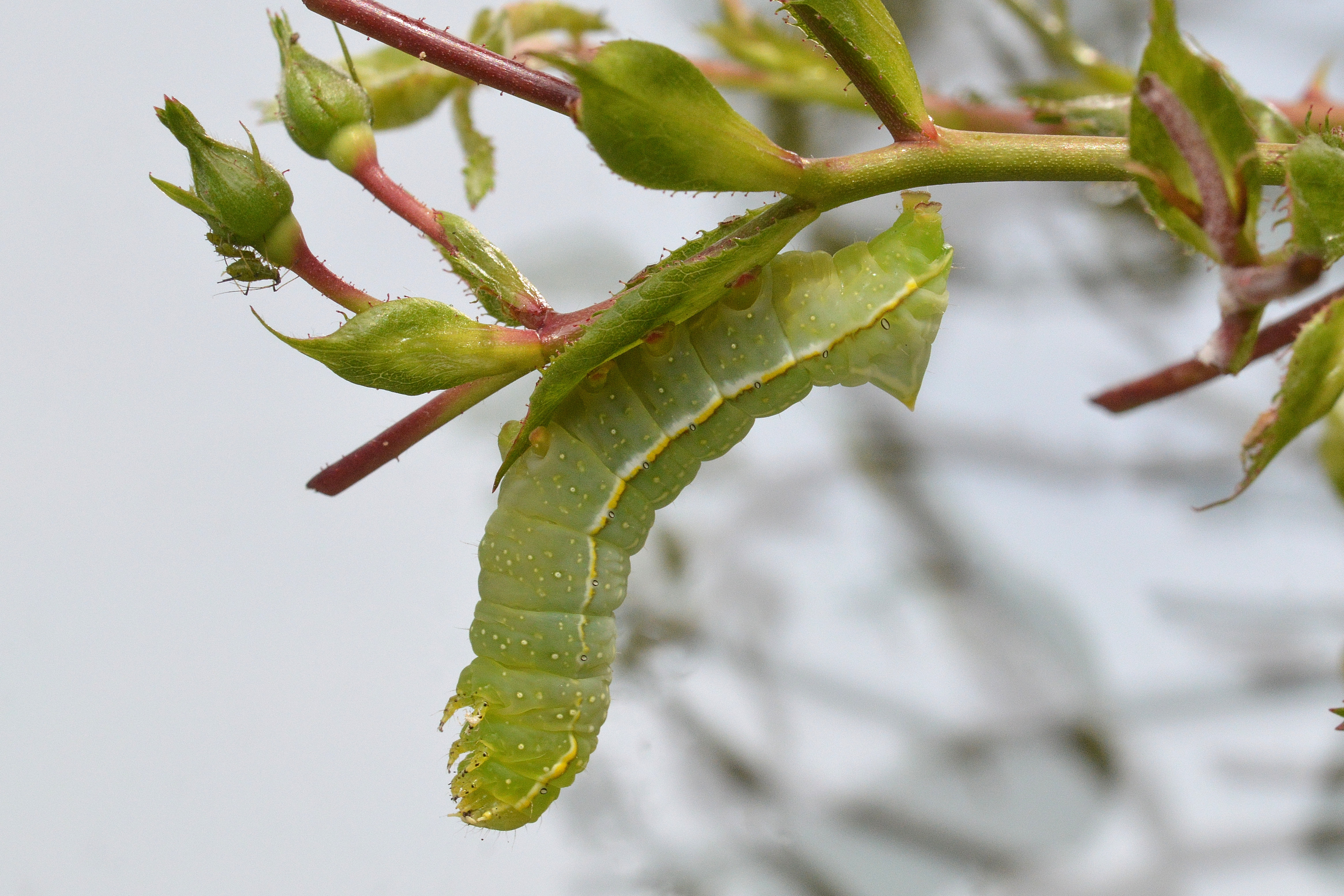See also Moth of the Week (07/09/2019)
Identification
Care required to separate from Svensson’s Copper Underwing.
Identification requires viewing the underside of the hindwing where the copper colour is limited to the outer third. To see this the moth needs to be anaesthetised or gently manhandled by grasping the abdomen between forefinger and thumb from the front and prizing open the wings to check.
Recording Method.
Attracted to light and also comes readily to sugar.
Life cycle
One generation. Overwinters as an egg. Larvae from mid-April to early June, with pupation underground.
Larval foodplants
Blackthorn, Hawthorn, Hazel, Crab Apple, Honeysuckle and Downy Birch. Foodplants reported to include garden Privet.
Habitat
Usually woodland but also sometimes found in other habitats where the larval foodplants, a range of broadleaved shrubs, grow.
History
Copper Underwing and Svensson’s Copper Underwing were considered one species until 1968 when they were separated.
However, the first D&G record was not until 1998 when Colin Plant recorded it from Abbey Burn Foot (VC73) sometime between May and September. Also that year it was trapped on four nights around mid-September at Cally Woods (VC73). During the next two years it was trapped regularly at the latter site.
The first record for Wigtownshire was a male which came on 23rd August 2003 at Port William. Another occurred in 2005 at New England Bay and one at Forest Moor in 2006.
The first for Dumfriesshire was as far north as Durisdeer in August, 2004. Four others sites have recorded it, namely Castle Loch at Lochmaben, Kirkton, Kirkland and Castle Wood at Caerlaverock.
On 15th August 1999 one was found in a bat box in Castramont Wood (VC73). Other sites for this VC are Sandyills/Southwick, Kippford, Buchan Burn, Corsock, Bennan Hill at Mossdale and the Galloway Forest Park.

